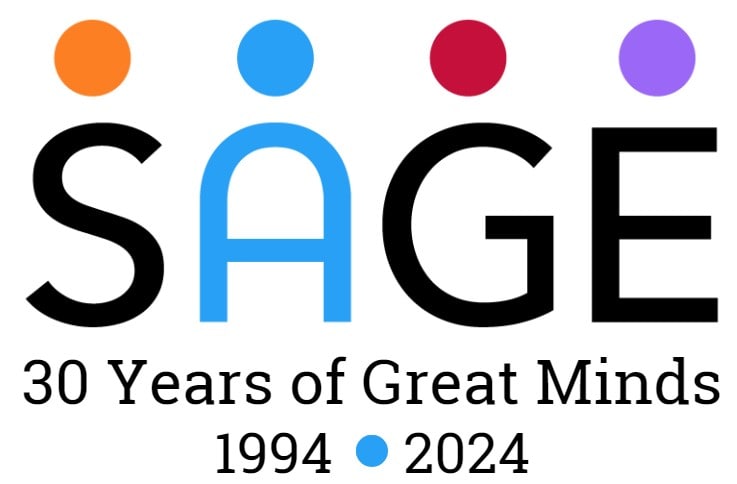This webinar has already occurred. Logged in users can view the webinar recording below.
Course Description
This course provides an overview of the impact of aging on the built environment, and proposes how novel solutions may be identified by integrating Maslow’s Hierarchy of Human Needs, Universal Design and the Triple Bottom Line for Sustainability. The course begins by recapping key demographics which define the aging population. It continues by defining the key principles of Maslow’s Hierarchy, Universal Design and the Triple Bottom Line and illustrating how these concepts intuitively merge with and conceivably reinforce each other. The discussion also includes Models of Care and Special Requirements including: Aging in Place, The Village Movement, Social Networks, Active Living, the Esther Model, the Hospital at Home Model and Geriatric Triage in Emergency Departments. Key evidence-based design strategies drawing on current research will also be discussed, as well as the sharing of expert knowledge presented in case study format by well-known experts including; Lorraine G. Hiatt, PhD; Margaret Calkins, PhD and Charlotte Yeh, MD. It concludes with a recap of Evidence -Based Design Resources available through The Center for Health Design.
Learning Objectives
1. Understanding universal design for aging
2. Identifying the models of care and special requirements for an aging population
3. Understanding evidence-based design strategies applicable to senior living4. Learning about expert knowledge available for these unique environments
Presented by
Keith Gray Director of Applied Research, J+J Flooring Group
As J+J’s Director of Applied Research, Keith Gray leads the company’s human-centered research initiatives with his keen sense and ability to mine for narrative findings. Senior living has been a focal point of his research for over a decade.
Keith is known for pioneering the launch of evidence-based design research for the flooring industry with his unique approach to studying the comprehensive effects of flooring on humans, human performance and institutional facility outcomes. Since their introduction, Gray’s research findings on ergonomics, acoustics, safety and health have shifted paradigms about flooring across all building types.
Keith holds a Baccalaureate degree in Chemistry and Physics and a Master’s degree in Polymer Science and Engineering. He is a named inventor on over 100 US and foreign patents covering engineering plastics, technical textiles, automotive passenger restraints, floorcoverings and floorcovering installation systems.
Melissa Piatkowski Research Associate, Center for Health Design
With a background in both architecture and social science, Melissa Piatkowski dedicates her career to one big research question: How can design improve health and well-being for people of all ages? Melissa’s passion as a Research Associate with The Center for Health Design is working with healthcare organizations, senior living groups, and designers to inform design with evidence and measure outcomes through new research. Melissa has a bachelor’s degree in environmental design from the University of Colorado and a Master’s in Environmental Psychology from Cornell University.
Melissa’s Credentials: Masters in Applied Research in Human-Environment Relations, Bachelors in Environmental Design, Lean Greenbelt for Facility Design, EDAC


